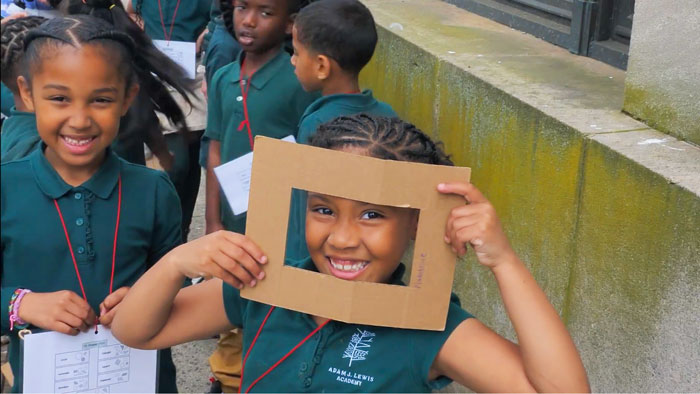Play-Based Learning
Improves Student Outcomes
Amending the Education Crisis
Play-based classrooms improve lifelong outcomes
What Is Play-Based Learning?
Meets and Exceeds Goals
Student-Driven, Teacher-Guided
Ages 4-7
Ages 8-11
Middle School+
Why Play-Based Learning Works
Children’s brains are wired to learn through active, social, hands-on play, not by being told facts through direct instruction. When teaching aligns with children’s developmental stage and skill level and allows them to apply what they are learning in active, engaged, and meaningful ways, knowledge and skills stick for a lifetime.
- Neuroscience of play-based learning: Active learning wires stronger brain pathways.
- Play-based learning academic outcomes: Higher test scores, stronger problem-solving, deeper retention.
- Long-term benefits of play-based learning: Knowledge transfers from grade to grade and into adulthood.
Autonomy Makes the Difference
Restores Joy and Purpose
Instead of bored, disengaged students, play-based classrooms buzz with meaningful discovery and collaboration. Teachers rediscover why they love teaching.
Reduces Daily Stress
Engaged students need less behavior management. Natural classroom management emerges through student investment in their learning.
Professional Autonomy
Teachers are trusted as skilled professionals who can adapt curriculum to meet student needs while maintaining rigorous standards.
Sustainable Practice
Working with natural learning processes instead of against them creates sustainable, fulfilling teaching practices.
Why Choose Play-Based Learning?
Restores Joy and Purpose
Reduces Daily Stress
Professional Autonomy
Sustainable Practice
